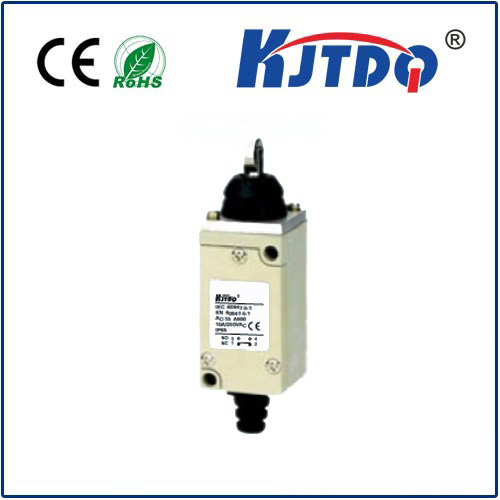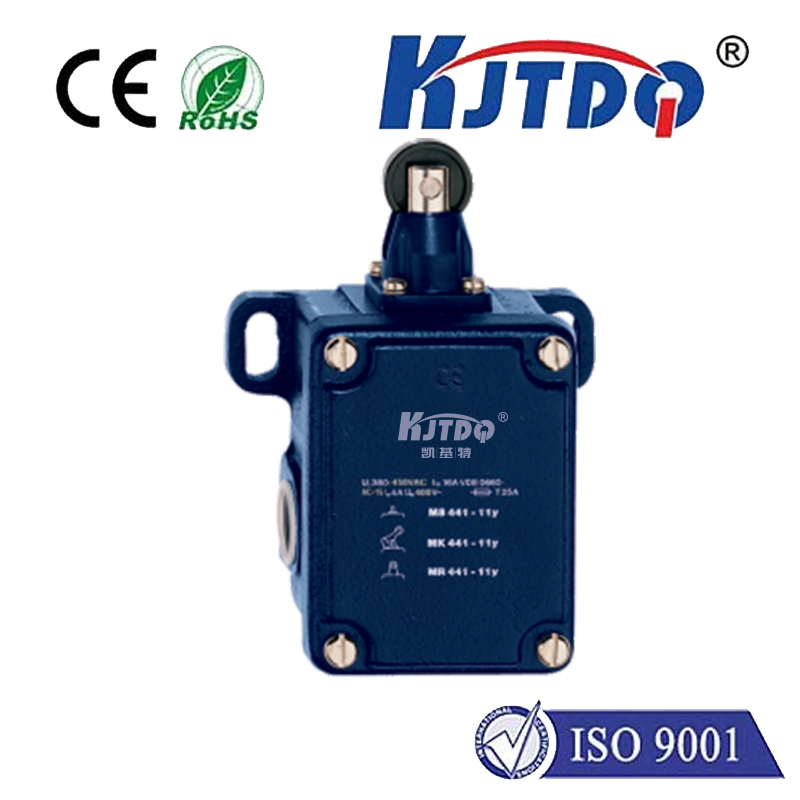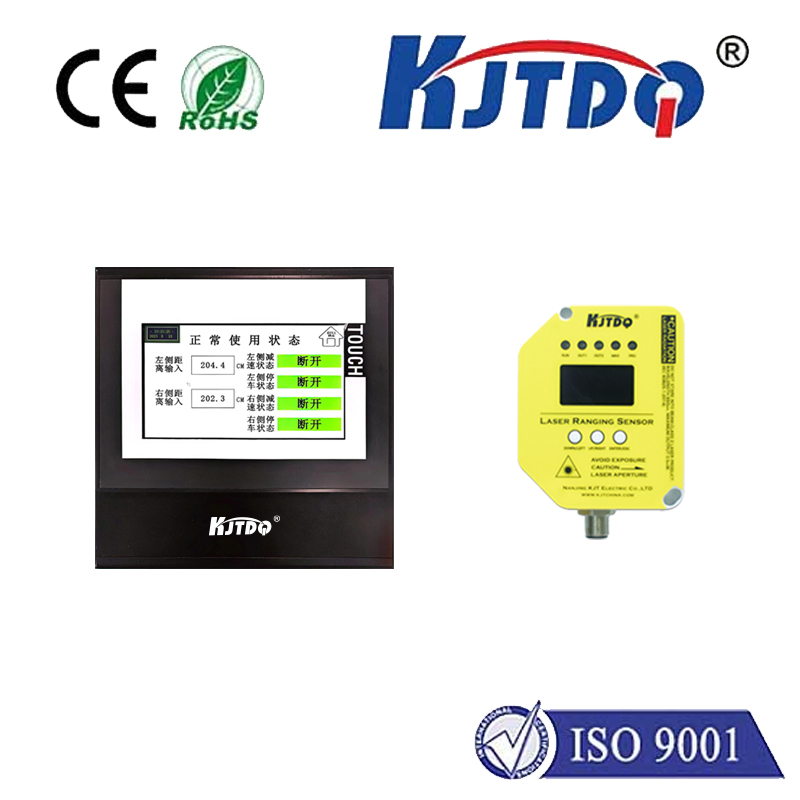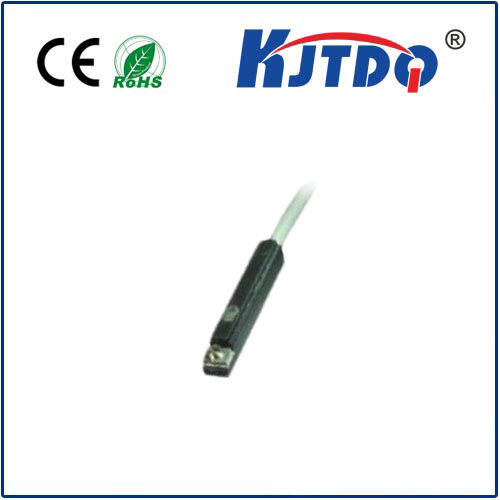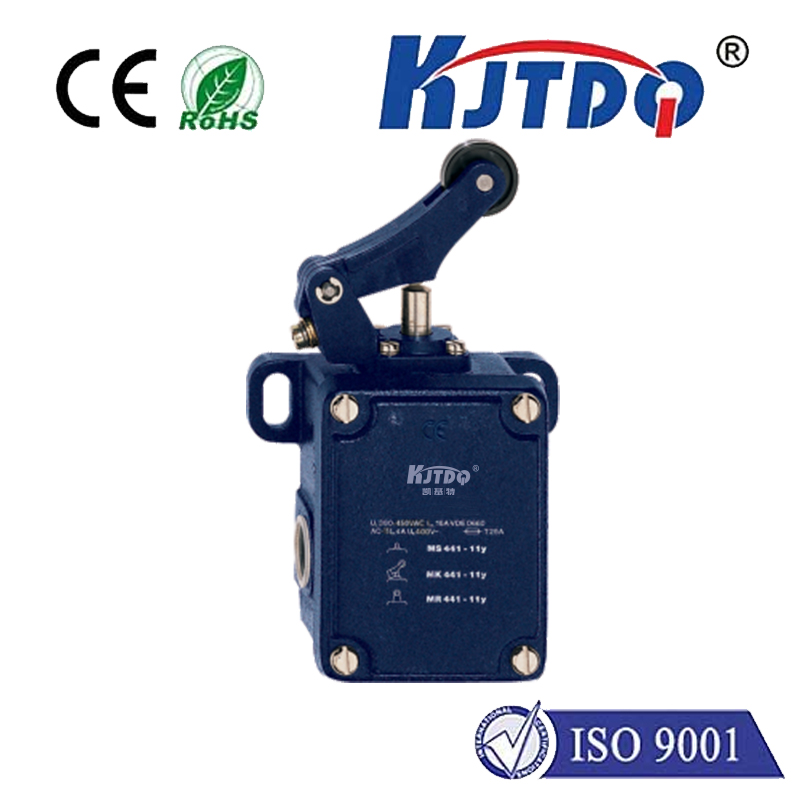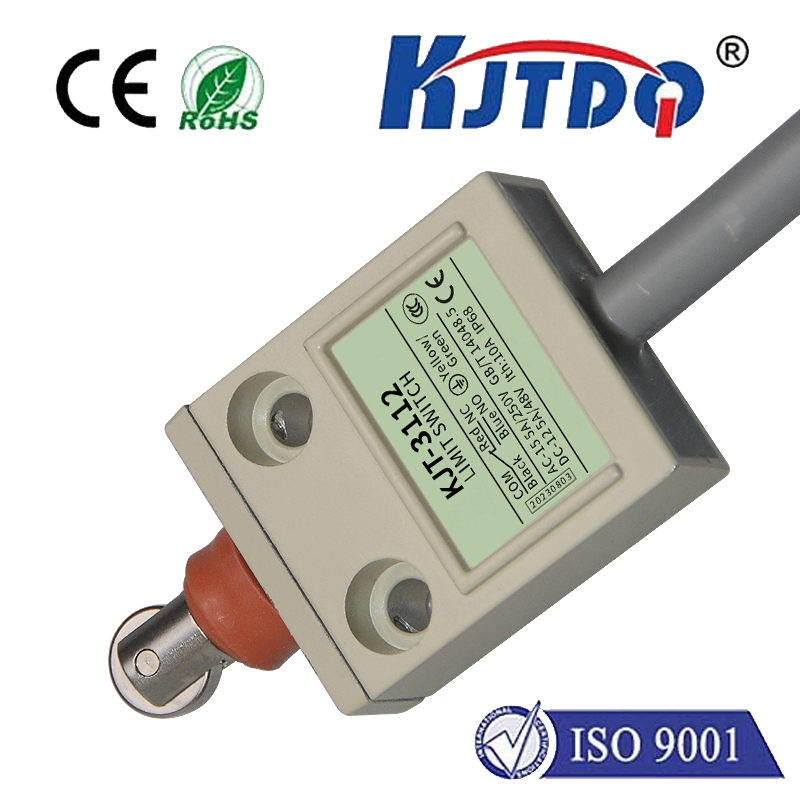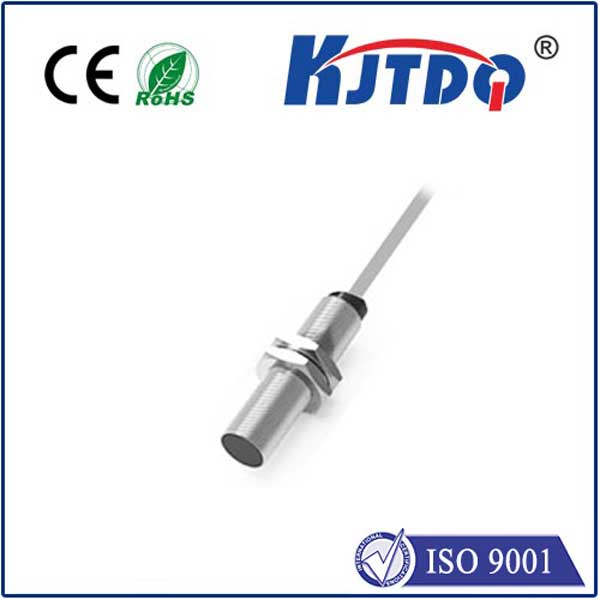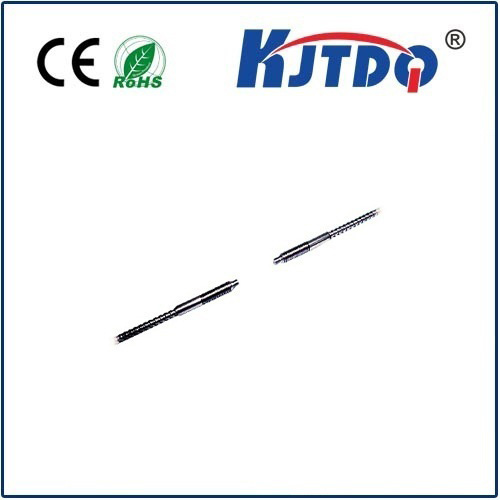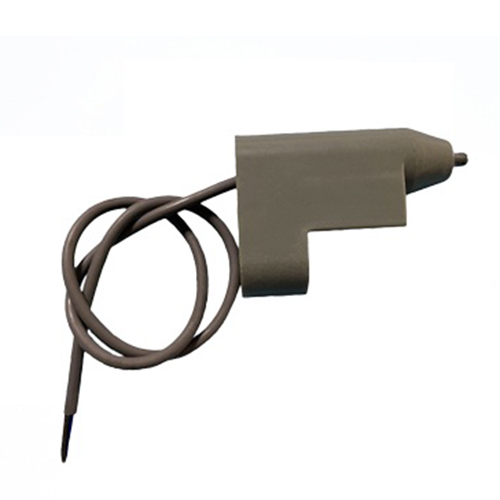ESP32 Датчик приближения
- time:2025-06-18 00:13:41
- Нажмите:0
Unlock ESP32 Proximity Detection: Sensor Guide & Creative Projects
The ESP32, a powerhouse in the IoT world found in billions of devices, excels at connecting things. But how does it sense its immediate environment? Proximity detection – the ability to detect the presence or absence of an object nearby – is a fundamental capability for creating interactive and responsive ESP32 projects. Choosing and implementing the right ESP32 proximity sensor opens doors to countless applications.
Understanding Proximity Sensors: The ESP32’s “Digital Sense”
Think of proximity sensors as the ESP32’s eyes or feelers. While humans use sight or touch, these sensors utilize various physical principles to detect objects without physical contact. The ESP32, with its versatile GPIO pins, powerful ADC (Analog-to-Digital Converter), and precise timing capabilities, is exceptionally well-suited to interface with and process data from a wide range of proximity sensors. For makers and engineers, this means unlocking capabilities like automatic activation, collision avoidance, object counting, and presence detection.

Common ESP32 Proximity Sensor Types & How They Work
- Infrared (IR) Reflective Sensors (e.g., GP2Y0A21YK0F):
- Principle: Emits an IR beam and measures the intensity of the light reflected back from an object. Closer objects reflect more light.
- ESP32 Integration: Typically provides an analog voltage output. The ESP32 reads this voltage via its built-in ADC. Calibration is needed to map voltage readings to actual distance (often non-linear).
- Pros: Cost-effective, relatively simple to use, good for short to medium ranges (e.g., 4cm - 80cm depending on model).
- Cons: Performance affected by object color (darker = less reflection), surface texture, and ambient IR light (sunlight).
- Ultrasonic Sensors (e.g., HC-SR04, HY-SRF05):
- Principle: Emits high-frequency sound waves (ultrasound) and measures the time it takes for the echo to bounce back from an object. Distance is calculated using the speed of sound (
Distance = (Time of Flight * Speed of Sound) / 2).
- ESP32 Integration: Requires digital GPIO control. One pin triggers the pulse emission, another pin listens for the echo pulse. The ESP32 accurately measures the echo pulse duration using functions like
pulseIn() or hardware timers. Calculating distance involves knowing the speed of sound (affected by temperature/humidity; some sensors include compensation).
- Pros: Measures longer distances (typically 2cm - 300cm+), largely insensitive to object color or material, moderately priced.
- Cons: Requires larger footprint, can have a “blind zone” very close, specular reflections can cause false readings, performance degrades with soft materials.
- Capacitive Proximity Sensors:
- Principle: Detects changes in an electromagnetic field. When an object (even non-conductive!) enters this field, it alters the capacitance, which is detected by the sensor circuitry.
- ESP32 Integration: Some sensors provide a simple digital (on/off) output when an object is within range, easily read via a GPIO pin. More advanced sensing can use the ESP32’s touch sensor peripheral (designed for capacitive touch pads) or dedicated capacitive sensor ICs connected via GPIO, I2C, or SPI. Fine-tuning detection thresholds often required.
- Pros: Can detect objects through thin non-metallic barriers (plastic, glass, wood), suitable for presence detection without requiring a visible beam.
- Cons: Detection range is usually very short (millimeters to a few centimeters), highly dependent on sensor size and material properties.
Implementing an ESP32 Proximity Sensor: A Practical Glimpse (Ultrasonic Example)
Let’s consider a basic setup with the ubiquitous HC-SR04 ultrasonic sensor:
- Hardware: Connect the HC-SR04’s
VCC to ESP32 5V (or 3.3V if compatible), GND to ESP32 GND, Trig to a chosen GPIO (e.g., GPIO 5), Echo to another GPIO (e.g., GPIO 18). Note: The HC-SR04 typically requires 5V logic levels; use a logic level converter if connecting its Echo pin (5V) to the ESP32 (3.3V tolerant IOs usually work, but caution advised).
- Software Logic (Simplified):
const int trigPin = 5;
const int echoPin = 18;
void setup() {
Serial.begin(115200);
pinMode(trigPin, OUTPUT);
pinMode(echoPin, INPUT);
}
void loop() {
digitalWrite(trigPin, LOW); // Clear trigger
delayMicroseconds(2);
digitalWrite(trigPin, HIGH); // Send 10µs pulse
delayMicroseconds(10);
digitalWrite(trigPin, LOW);
long duration = pulseIn(echoPin, HIGH); // Measure echo pulse duration (µs)
float distanceCM = duration * 0.034 / 2; // Speed of sound ~ 0.034 cm/µs. Divide by 2 (round trip)
Serial.print("Distance: ");
Serial.print(distanceCM);
Serial.println(" cm");
delay(100); // Adjust loop rate
}
This code triggers the sensor, measures the echo time, calculates distance using the speed of sound, and prints it. Real-world code needs robust error handling (timeouts).
Compelling Project Ideas Using ESP32 Proximity Sensors
- Smart Lighting & Automation: Install an IR or ultrasonic sensor in a hallway or room. The ESP32 detects movement and automatically switches lights/LEDs on or off, saving energy. Use capacitive sensing for hidden touchless switches behind panels.
- Obstacle Avoidance for Robots/Drones: Mount ultrasonic sensors (front, left, right) on an ESP32-powered robot/drone chassis. The code constantly reads distances and commands motors to steer away from obstacles before collision.
- Interactive Exhibits & Art: Use multiple sensors to

